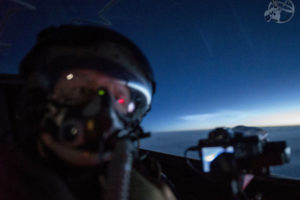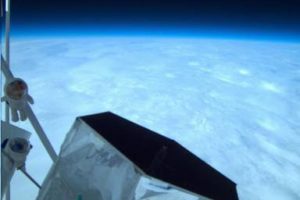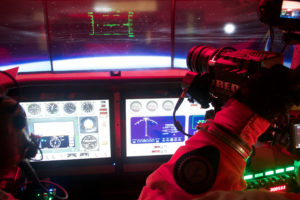
Research
Noctilucent clouds are rare ‘space clouds’ that are believed to be sensitive indicators of global climate trends. Too high to reach by aircraft yet too low to reach by satellite, Project PoSSUM will explore these clouds using aircraft, balloons and human-tended experiments on suborbital spacecraft.
Airborne Noctilucent Cloud Tomography
Can we build 3-D models of our mesosphere from aircraft observations? Each July, PoSSUM scientist-astronaut candidates image noctilucent clouds in Northern Alberta when noctilucent cloud activity is at its peak. In 2018, PoSSUM collaborated with the Royal Canadian Air Force for high-altitude flights using a CT-155 ‘Hawk’. Together with Athabasca University, ground observations are combined with the aircraft images.
Balloon Noctilucent Cloud Imagery
What are the dynamics of our upper-atmosphere and what can this say about our changing global climate? In July 2018, PoSSUM instrumentation flew as part of NASA’s ‘PMC Turbo’ mission to better answer this question by studying noctilucent cloud features over a six-day mission across Greenland and Nunavut. Students from around the world can participate! (credit: NASA)
Suborbital Tomography
Are noctilucent clouds a harbinger of climate change? Can manned suborbital spacecraft help us better understand this? NASA thinks so! PoSSUM Scientist-Astronauts will fly instruments around these clouds to build extremely precise 3D models of our upper atmosphere which can help us better address these key questions. (credit: Ross Lockwood)





